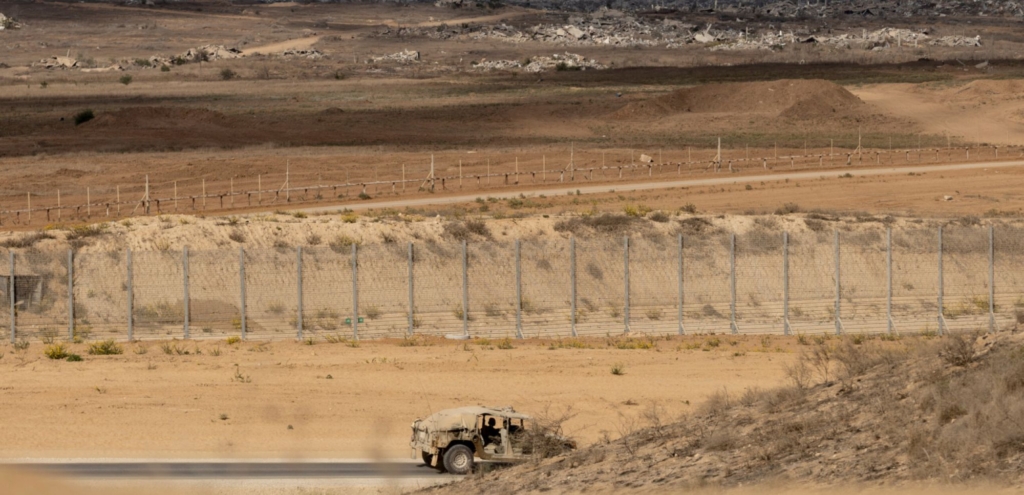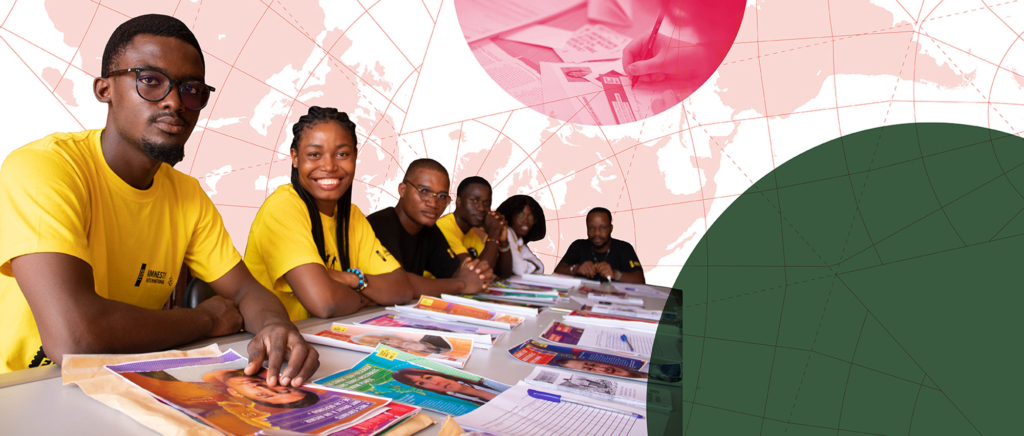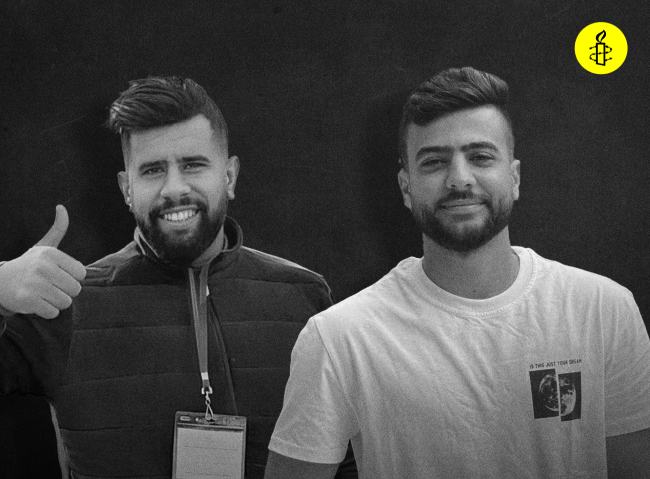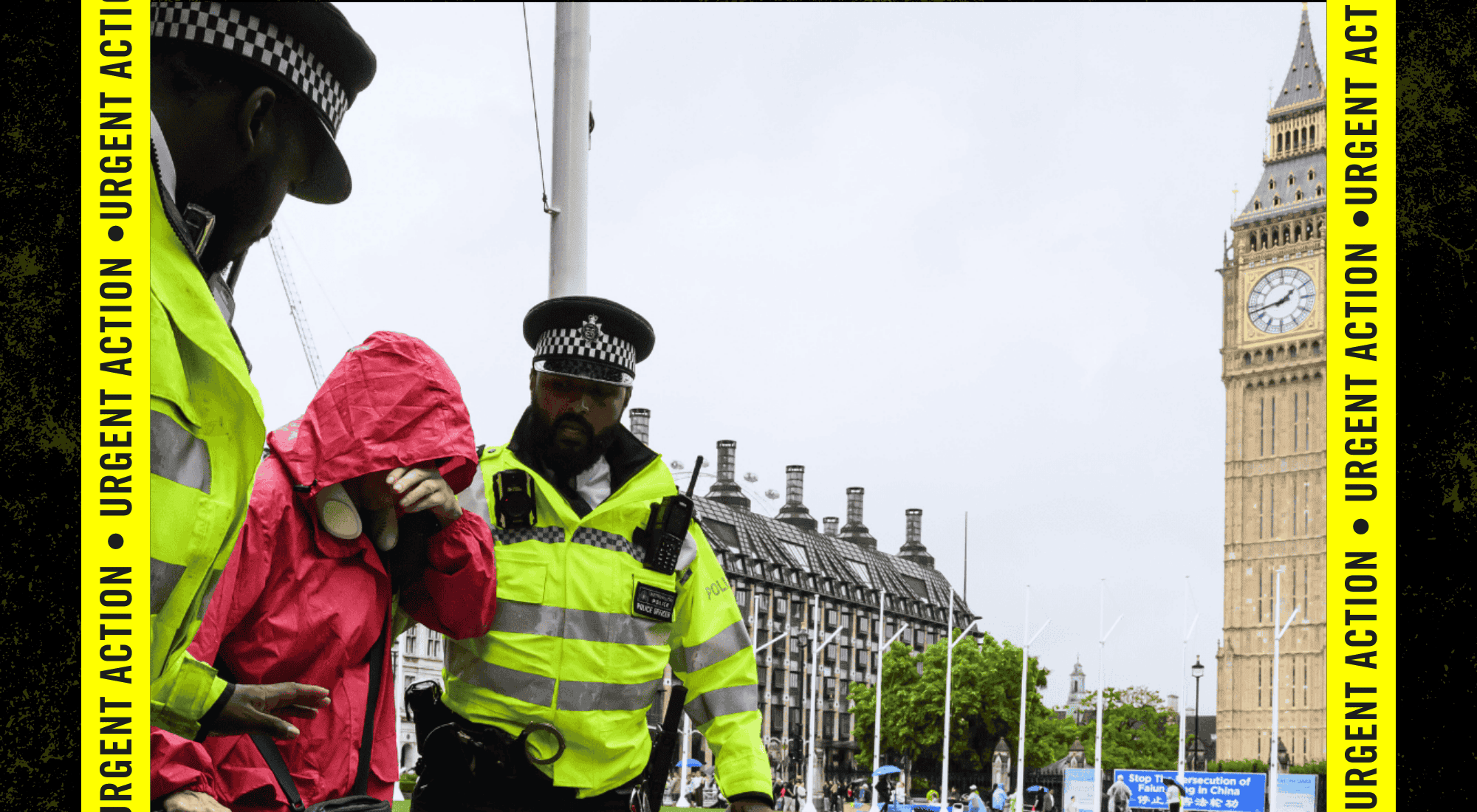By Duncan Tucker, Amnesty International’s Americas Media Coordinator
Monday 9 November was a sad day for Mexican journalism.
That morning, the reporter Israel Vázquez Rangel was investigating a crime scene in Salamanca, a small industrial city in the central state of Guanajuato, when armed men arrived and shot him at least five times. He died in hospital hours later.
Then, that evening, police in the tourist city of Cancún opened fire to disperse a demonstration against the high level of femicides that plague the nation. Two journalists suffered gunshot wounds and the police beat two others during the repression of the protest.
“If you shoot photos in Mexico, they kill you” reads this sign at a demonstration demanding action to protect journalists under attack. Photo credit: Sergio Ortiz Borbolla/Amnesty International
Mexican journalism has been through too many sad days. In the 11 days before Israel was killed, another two journalists were murdered. On the night of 29 October, Arturo Alba Medina, a TV news presenter in Ciudad Juárez, died after being shot at least 10 times while he was driving home. Five days later, the reporter Jesús Alfonso Piñuelas was shot while riding a motorbike in the northern state of Sonora and died instantly.
Besides those three dead journalists, another 135 of their colleagues have been murdered in Mexico since the year 2000, according to the NGO Article 19.
Award-winning journalist Javier Valdez was shot dead on May 15, 2017, close to the office of the newspaper he founded in Sinaloa. Photo credit: Itzel Plascencia López/Amnistía Internacional México
PEN International reports: “Veteran journalist Miroslava Breach was repeatedly shot in the head outside her home in Chihuahua on March 23, 2017. Breach, aged 54, was a well-known journalist whose 20-year career focused on reporting on political and social issues, often covering corruption. Her most recent work exposed connections between local politicians and drug cartels.” Photo credit: Sergio Ortiz Borbolla/Amnesty International
Impunity and lack of protection
Mexican authorities have achieved some convictions this year in the emblematic cases of Javier Valdez and Miroslava Breach, who were murdered in 2017. But the vast majority of killings go unpunished. This vicious cycle of impunity and violence has turned Mexico into one of the world’s most lethal countries for journalists.
Of course this problem has existed since long before the current government’s mandate, but that does not absolve it of its obligation to protect journalists and guarantee their rights to life and freedom of expression. Yet, instead of taking urgent and decisive measures to ensure that they can carry out their work in an environment free of violence, the government is putting them in situations of even greater risk.
In order to allocate more resources to combatting the COVID-19 pandemic, on 21 October Mexico’s Congress approved the elimination of 109 independent trust funds that distributed public resources to support a wide range of causes, from scientific research to natural disaster responses. The Fund for the Protection of Human Rights Defenders and Journalists is among the trusts that were shut down.
This fund was financing the protective measures granted to more than 400 journalists and almost 900 human right defenders who are under threat, providing them with access to bodyguards, satellite phones, panic buttons, armored cars and safe houses. Although we at Amnesty International have documented that these measures are imperfect and sometimes insufficient, the government must take great care not to weaken them even more. On the contrary, it should strengthen them through consultation with the defenders and journalists in need of protection.
The Mechanism for the Protection of Human Rights Defenders and Journalists now faces an uncertain future. It will depend directly upon the Secretariat of the Interior to finance the protective measures but, as Jan-Albert Hootsen, Mexico representative for the Committee to Protect Journalists, has warned, the funding for these measures “may become vulnerable to political whims and the trading of favors”.
Besides the risk associated with the disappearance of the trusts, several high-ranking Mexican officials have also verbally attacked the press. President Andrés Manuel López Obrador has consistently attacked certain media outlets during his daily morning press conferences, stigmatizing journalists and exposing them to threats and harassment. We have also seen the governors of states such as Jalisco, Puebla and Baja California doing the same.
Mexico’s President Andrés Manuel López Obrador
According to a study by Article 19, public officials were responsible for 199 of the 406 acts of aggression against journalists and media outlets registered during the first half of this year, while politics and corruption proved the most dangerous topics to cover. These aggressions vary from harassment and cyber attacks to displacement and killings. From January to June there was a 45% rise in aggressions compared to the same period of 2019, equivalent to an attack against the press every 11 hours. If this continues, there will be more aggressions against the press in 2020 than any year in the last decade.
This disturbing panorama encourages self-censorship and has grave implications for press freedom, the right to information and accountability in Mexico.
The government must stop treating the press like an enemy. If it genuinely cares about human rights, it will recognize the importance and legitimacy of the work of journalists and take swift, concrete and effectives measures that allow them to carry it out without fear of reprisal.























